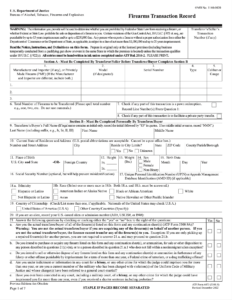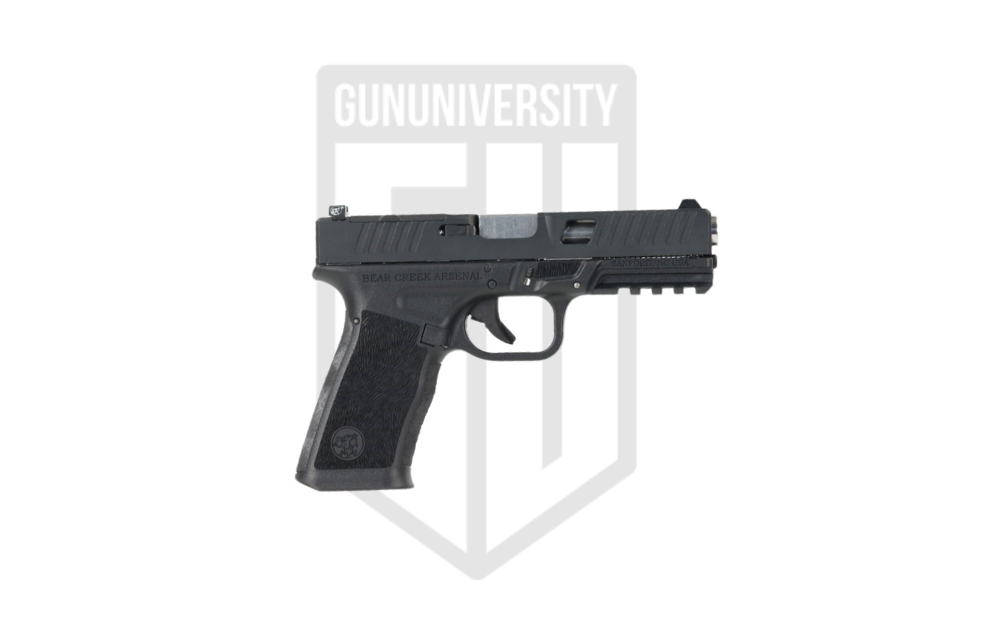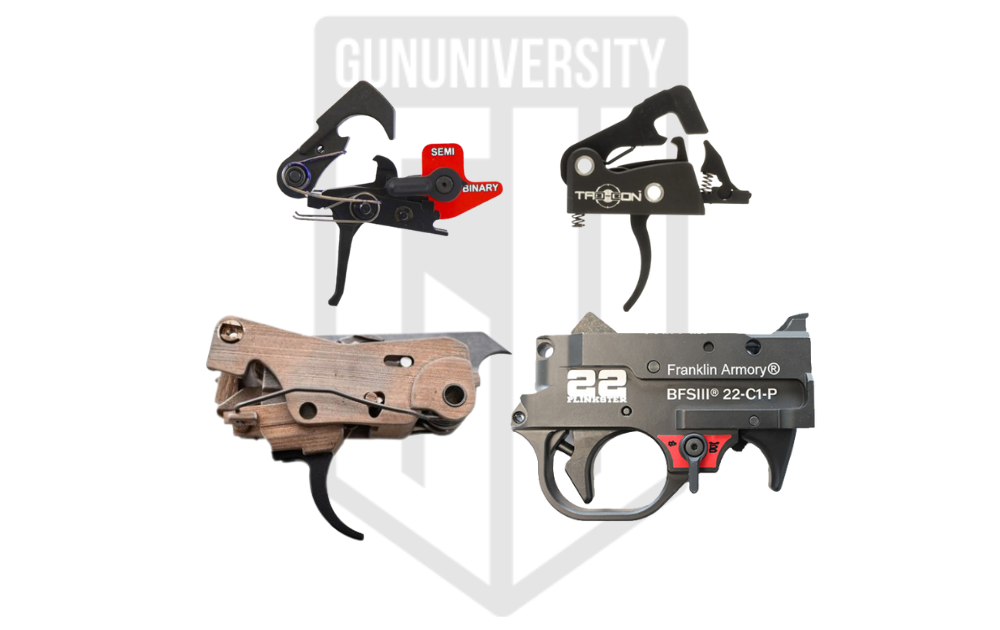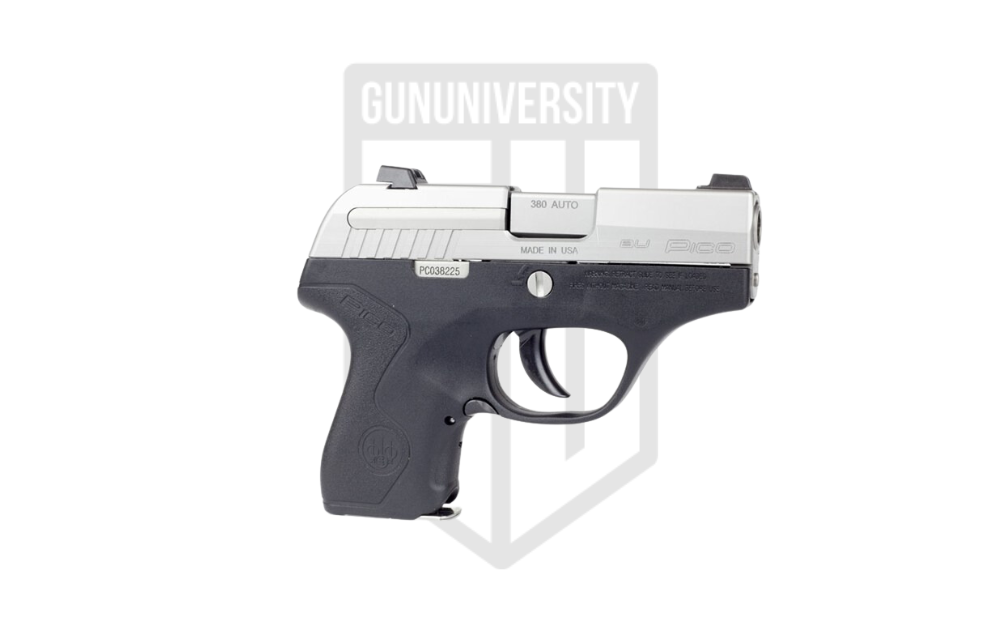FFL Storage Requirements [GUIDE]: How long do FFLs keep 4473?
Getting a Federal Firearms License (FFL) comes with some great benefits like being able to have a business making and/or buying and selling firearms, being able to buy firearms at dealer pricing, and even getting access to firearms that you wouldn’t otherwise be able to legally posses.
However, there are also some compliance burdens, mostly record-keeping, that are important too. After all, these record-keeping requirements for FFLs help prevent the criminal misuse of firearms and staying on top of these records and keeping them properly can keep you as the FFL out of trouble with the ATF.
In this ATF Records Storage Requirements guide, we’re going to answer: “How long must an FFL keep 4473 records?”
Table of contents
FFL Records
The heart of an FFL’s records is the Acquisition and Disposition Book. This book, often called the A&D Book or “Bound Book,” is a log of all of the firearms received or made by the FFL (Acquisitions) and all of the firearms transferred, sold, or destroyed (Dispositions).
The A&D book is the core record because it shows which guns are in inventory, which guns used to be in inventory, and where each of those previously possessed firearms went.
When a firearm goes to a customer (a non-FFL) as a purchase or in some other situations like the return of a consignment firearm, a special ATF Form must be filled out by the customer and FFL and then kept by the FFL for inspection by the ATF.
This special form is called the Over the Counter Firearm Transaction Record or Form 4473.
Form 4473

The Form 4473 is where the most violations occur during ATF inspections of FFLs.
This form is vital to helping prevent criminals from gaining access to firearms that they shouldn’t have and each part of the form must be carefully completed by both the customer and the FFL.
Even a typo on the Form 4473 can be a violation from the ATF during an inspection and if a customer lies on this form, they can be in serious trouble (fines, jail, losing guns rights).
As you can imagine, the Form 4473 must be kept in a proscribed method and for a determined duration for the ATF to inspect.
How Long do FFLs Keep 4473?
Up until recently, ATF regulations in 27 CFR § 478.129(d) required that the 4473 be kept by an FFL for 20 years. After 20 years had passed, the forms could have been destroyed or submitted to the ATF. For 4473s for which a transaction was not completed because it was voided after teh background check, the storage requirement was 5 years.
However, in 2022, the ATF came out with Rule 2021R-05F which amended the record retention requirements in ATF regs.
Currently, the ATF now requires that FFLs keep the 4473 for as long as the FFL is in business and licensed.
Understanding that this may be a LOT of 4473s, and other records, for FFLs that are in business longer than 20 years, the new rule allows for records that are 20 years old to be stored off-site in a warehouse.
4473 Storage
4473s either need to be kept in chronological order by date or by an internal serial number called a TTSN (Transferor’s Transaction Serial Number).
If a TTSN is used, the FFL may record the customer’s name and TTSN as the disposition information in the bound book. However, if the 4473 is kept chronologically, the bound book must have the customer’s full address along with their name.
Up until recently, paper 4473s were really the only option. Even if they were filled out electronically, they used to be printed out and signed and kept in boxes or file folders.
However, now electronic 4473 storage is a great improvement over paper and the ATF published a ruling that no longer requires special permission from the ATF to use electronic 4473 storage as long as the system meets certain requirements.
This is why using the Best FFL Software is really important.
4473 Record Retention FAQ
Recent Posts
July 27, 2024
July 26, 2024
July 25, 2024

![The Best Shooting Ear Protection in 2024 [Tested]](https://gununiversity.com/wp-content/uploads/2021/09/best-shooting-hearing-protection.jpg)


